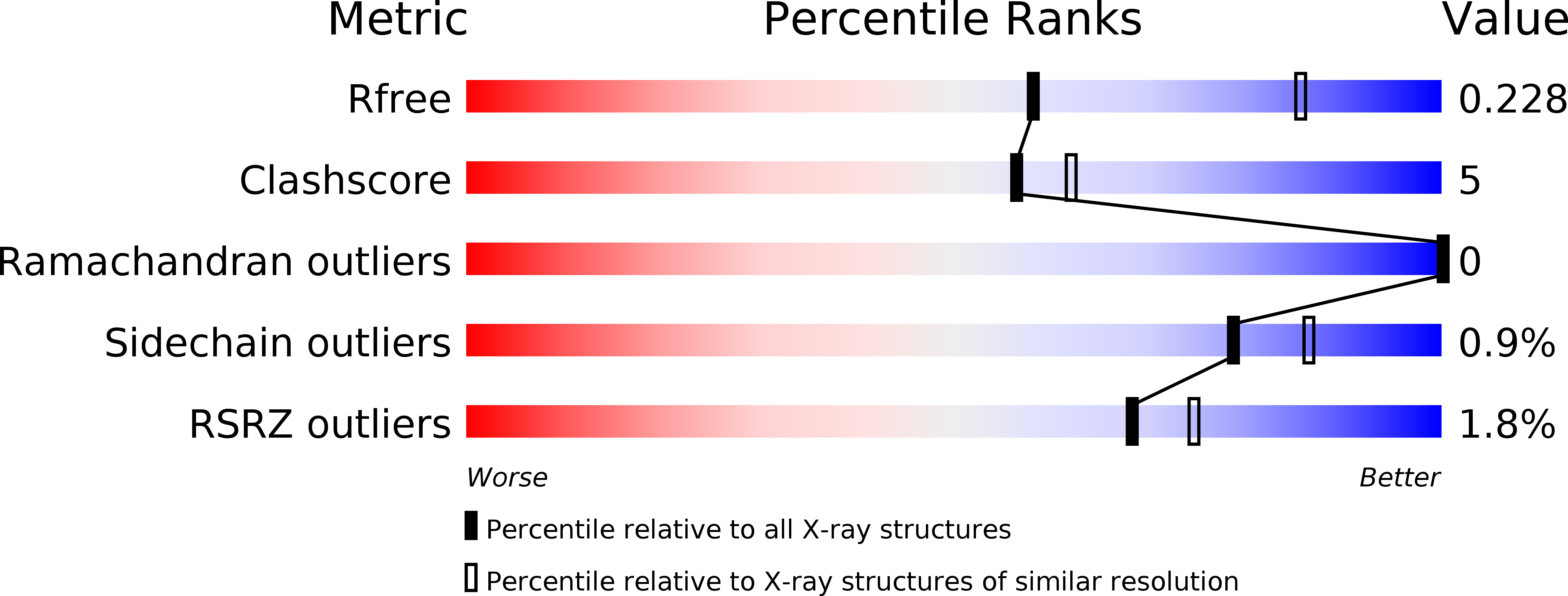
Deposition Date
2019-10-03
Release Date
2020-08-19
Last Version Date
2024-10-23
Method Details:
Experimental Method:
Resolution:
2.55 Å
R-Value Free:
0.22
R-Value Work:
0.19
R-Value Observed:
0.19
Space Group:
C 1 2 1


